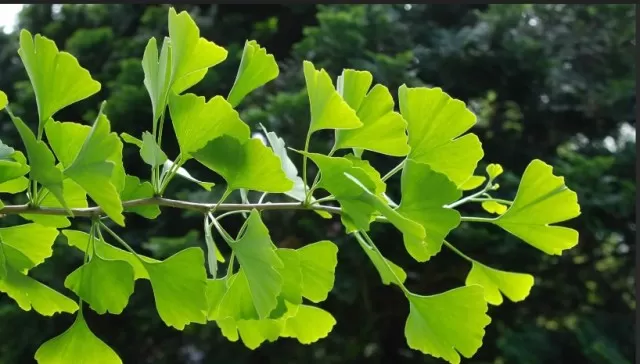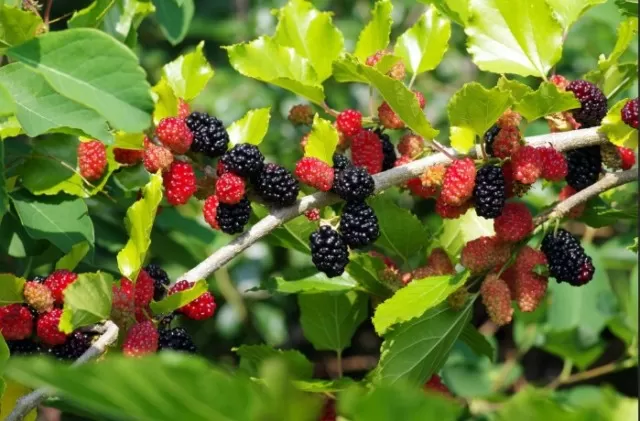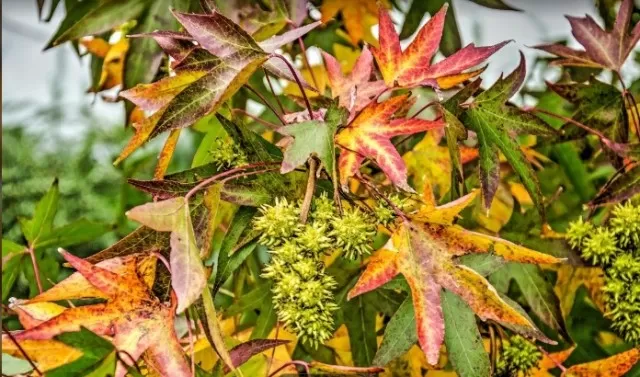Trees That Can Cause Problems in your yard (Part 2).Steering clear of problematic tree species when planning your yard’s landscaping is a wise decision. Certain trees can become more trouble than they’re worth, causing headaches and requiring substantial maintenance. One example to avoid is the silver maple (Acer saccharinum), known for its rapid growth. While it may seem appealing at first, its extensive root system can wreak havoc on your lawn and even your home’s foundation.
Another tree to be cautious of is the Bradford pear (Pyrus calleryana ‘Bradford’). Though admired for its springtime blooms, its weak branch structure makes it susceptible to storm damage. Moreover, it’s notorious for its pungent odor.
Similarly, the weeping willow (Salix babylonica) might seem graceful with its long, sweeping branches, but its invasive root system can infiltrate sewer lines and drain fields, leading to costly repairs.
The Norway maple (Acer platanoides) is another troublemaker. It can outcompete native plants, disrupting the local ecosystem. Plus, it produces dense shade, making it challenging to grow other plants beneath it.
Lastly, the Siberian elm (Ulmus pumila) can be invasive and quickly crowd out desirable vegetation. Its brittle branches are prone to breakage in storms.
Instead of these troublesome trees, consider native species that are better suited to your region. They tend to be hardier, require less maintenance, and support local wildlife. Consulting with a local arborist or landscaper can help you make informed choices for a beautiful, low-maintenance yard.
The Ginkgo Biloba: A Hardy but Challenging Tree Choice

Ginkgo biloba is known for its hardiness and the stunning golden hues it brings to the landscape during the autumn season.
However, there’s a catch to this tree. The female ginkgo trees bear fruits that not only create Slippery surfaces but also emit an extremely unpleasant odor.
This unique combination of challenges makes the ginkgo tree a maintenance headache that homeowners are often better off avoiding.
Cottonwood Trees: Swift Growth, Significant Drawbacks
Cottonwood trees are renowned for their astonishing growth rate, often shooting up by as much as six feet annually.
However, this impressive growth comes with a significant downside. The rapid development results in weak wood, rendering these trees highly vulnerable to limb breakage and damage during storms and windy conditions. .
Moreover, female cottonwood trees produce seeds encased in cottony fluff, leaving homeowners with a substantial cleanup task.
While these trees can certainly make a grand and imposing statement due to their height, the considerable challenges they pose in terms of maintenance and debris accumulation may outweigh their aesthetic appeal for the average backyard.
Mulberry Trees: Once Prized, Now Problematic

Once highly regarded for their ornamental attributes and abundant fruit production, mulberry trees have fallen out of favor for many homeowners.
One of the primary issues with these trees is their large and shallow root system, which tends to wreak havoc on irrigation systems and even house foundations, causing costly damage.
Another drawback is the mess created by the falling fruit, which not only stains surfaces but also attracts an excessive number of birds.
These avian visitors can leave behind their own share of debris, compounding the cleanup challenge.
Given these concerns, it’s advisable to explore alternative ornamental tree options when landscaping your property to avoid the potential issues associated with mulberry trees.
Mountain Cedar: A Pollen-Packed Allergy Nightmare
For anyone plagued by allergies, the mountain cedar, also known as the Ashe juniper, is a tree to approach with caution.
This tree is notorious for unleashing an absurd volume of yellow pollen, causing sniffling, sneezing, and itchy-eyed misery for individuals susceptible to airborne allergens.
But even if you’re lucky enough not to suffer from allergies, you’ll soon regret planting a mountain cedar when winter arrives.
During this season, your surroundings can be enveloped in a literal cloud of yellow, dusty pollen. It blankets your porch, patio, and even your car on a daily basis, turning your Outdoor Spaces into a constant cleaning challenge.
Given these significant drawbacks, it’s advisable to give the mountain cedar a wide berth and consider other tree options that won’t bring such discomfort and inconvenience to your home and outdoor spaces.
Sweet Gum Trees: Nostalgia Versus Practicality

Perhaps you fondly recall crafting Christmas ornaments from the spiky seedpods of the sweet gum tree during your childhood.
While nostalgia can be a powerful force, it’s important not to let it cloud your judgment when considering planting one in your yard.
Sweet gum trees do possess an attractive shape and boast brilliant autumn foliage, making them visually appealing.
However, these trees produce seedpods that fall by the hundreds, if not thousands, and they are notorious for being incredibly difficult to rake up. This means that homeowners who prefer spending less time on yard and garden maintenance might want to think twice before introducing a sweet gum tree into their landscape.
While sweet gum trees may evoke cherished memories, it’s essential to weigh the nostalgia against the practicality of dealing with their prolific seedpods and the extra yard work they entail.
*The information is for reference only.